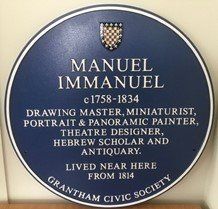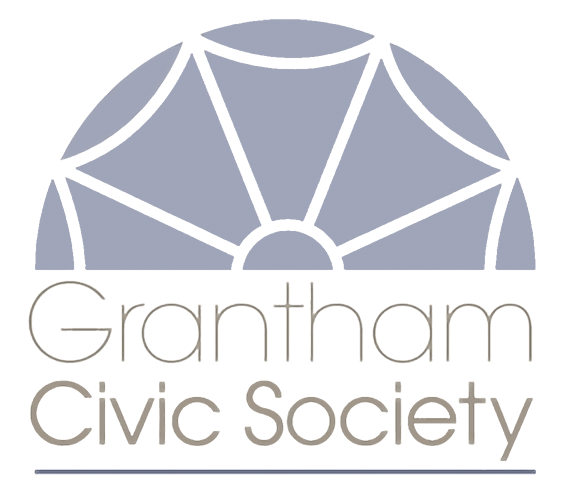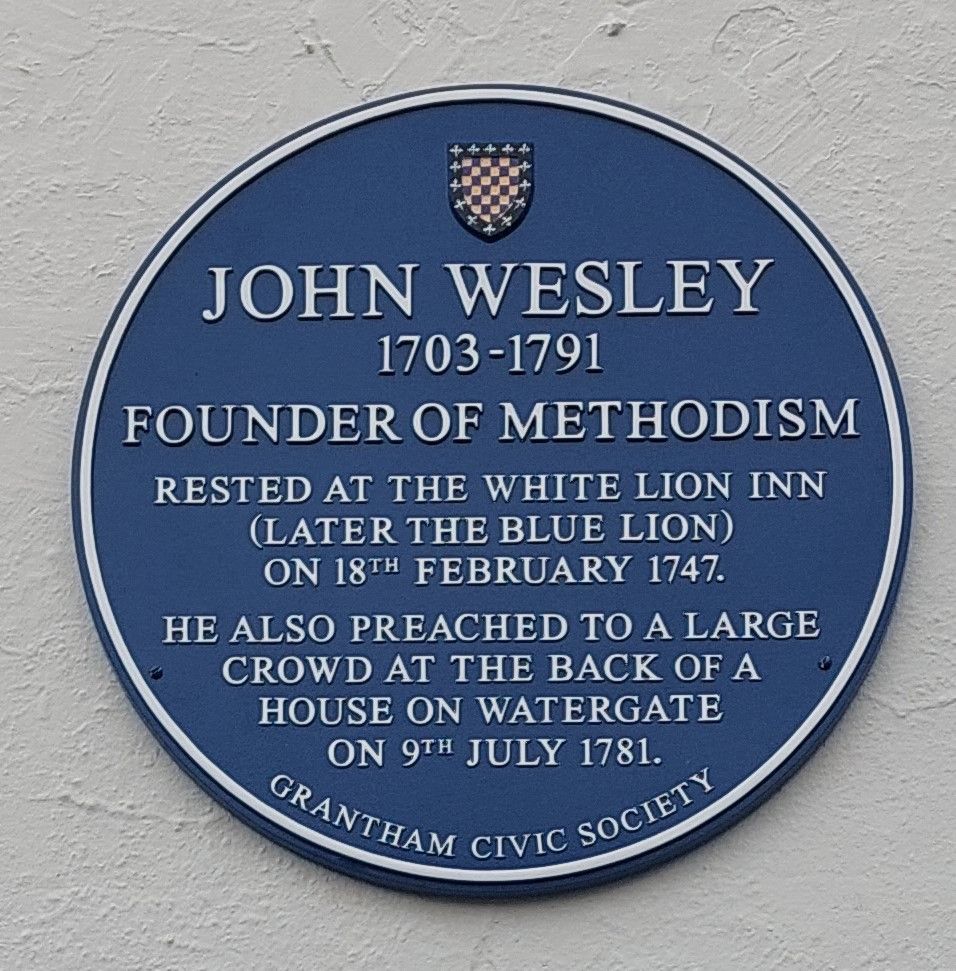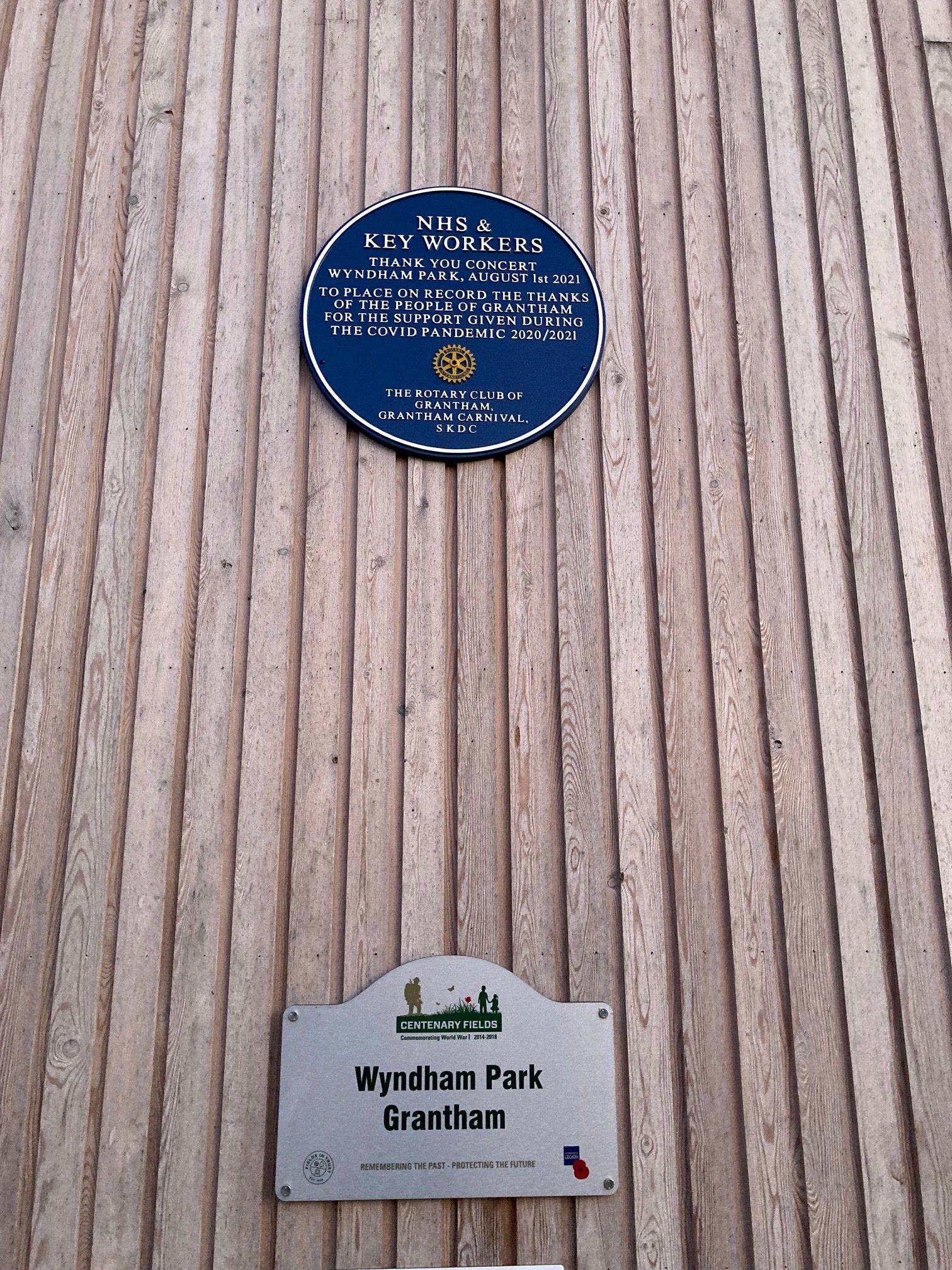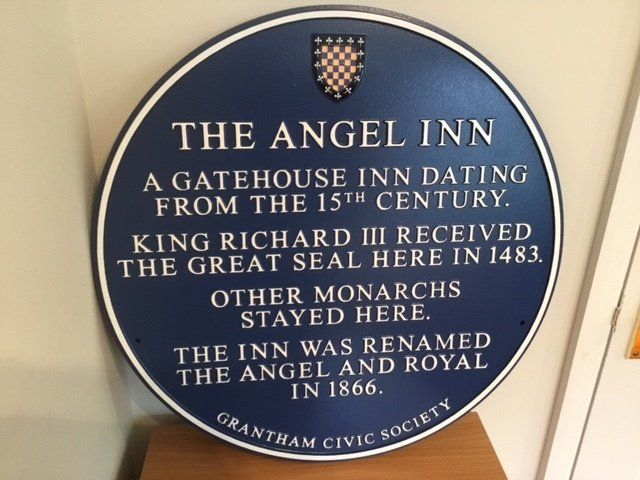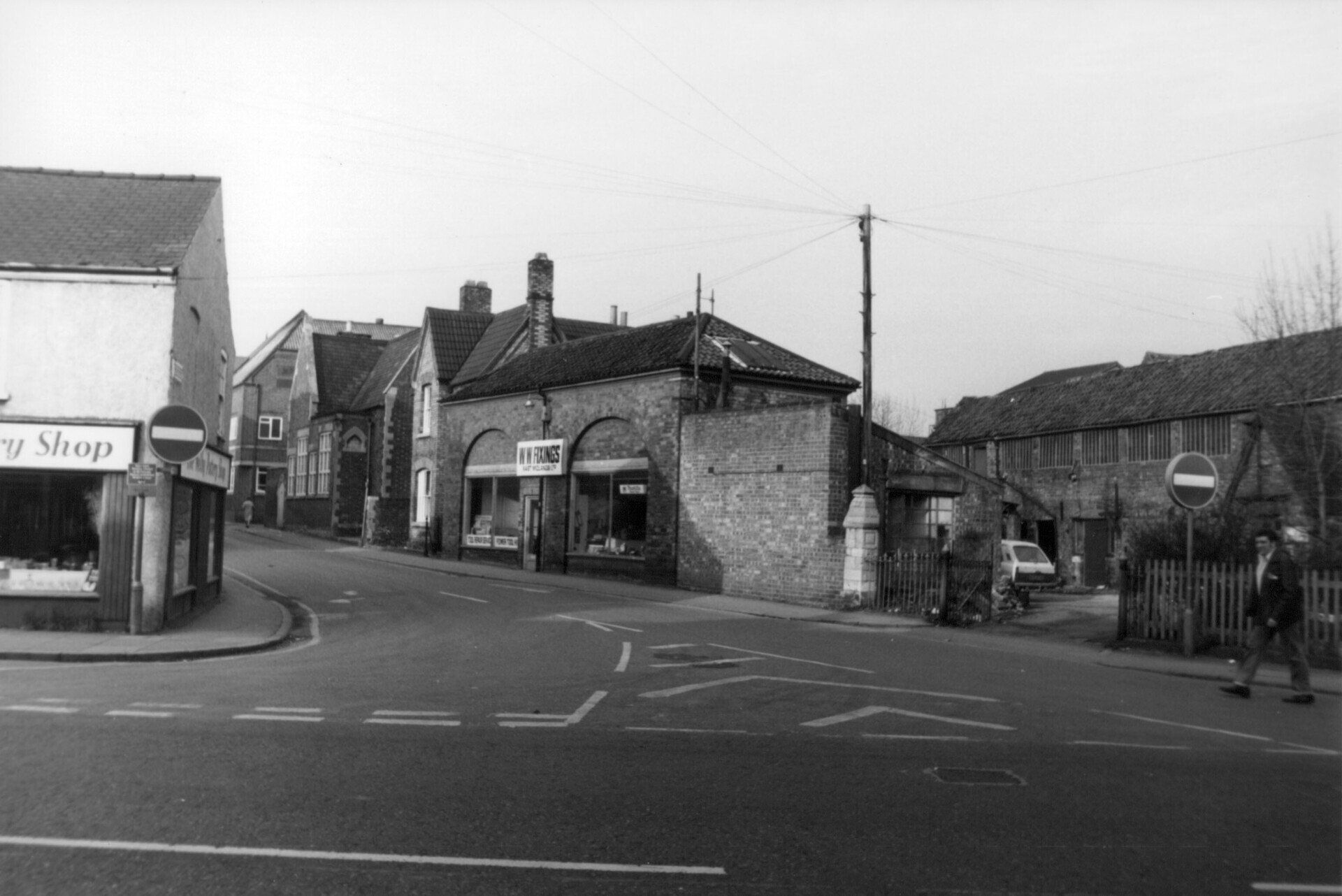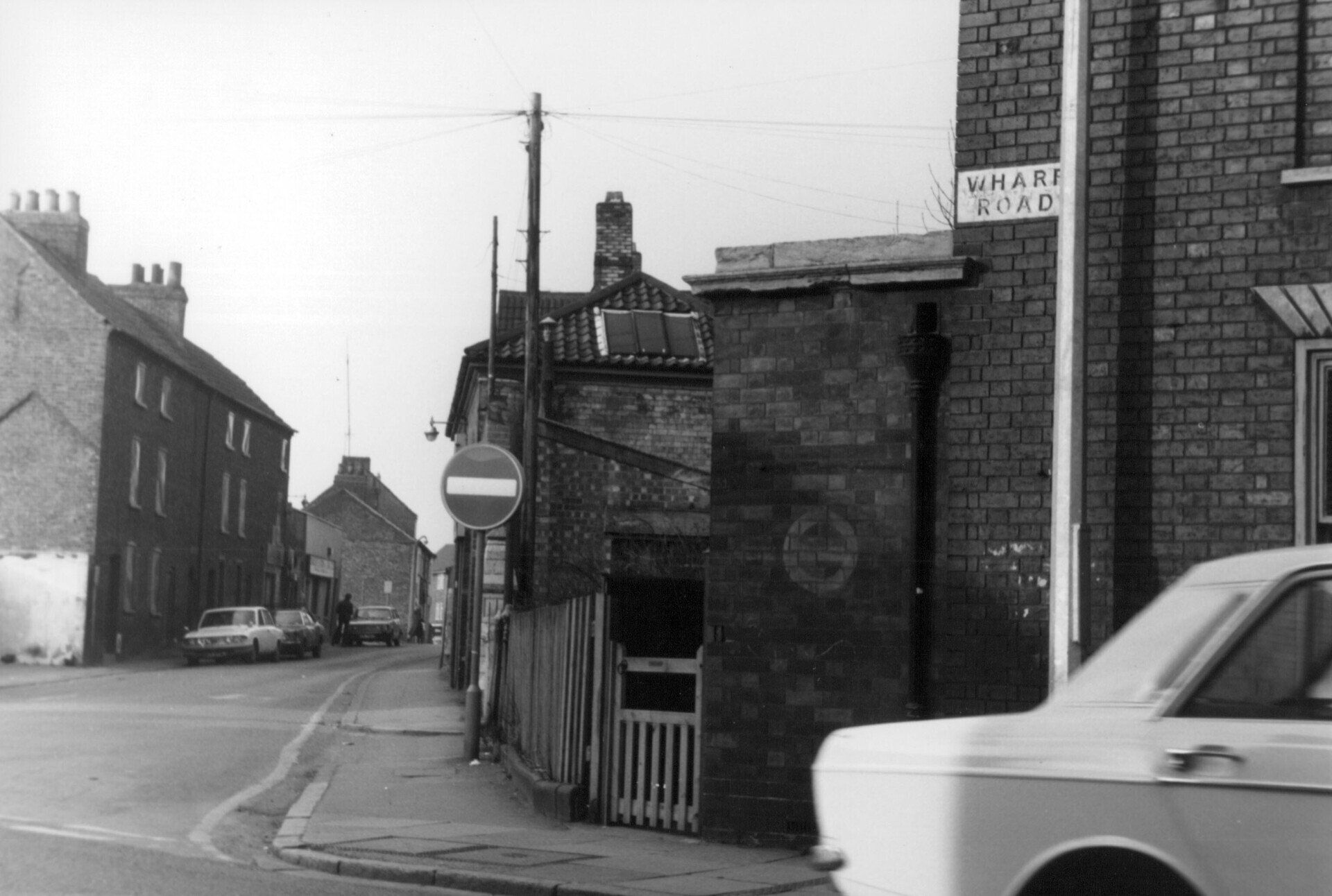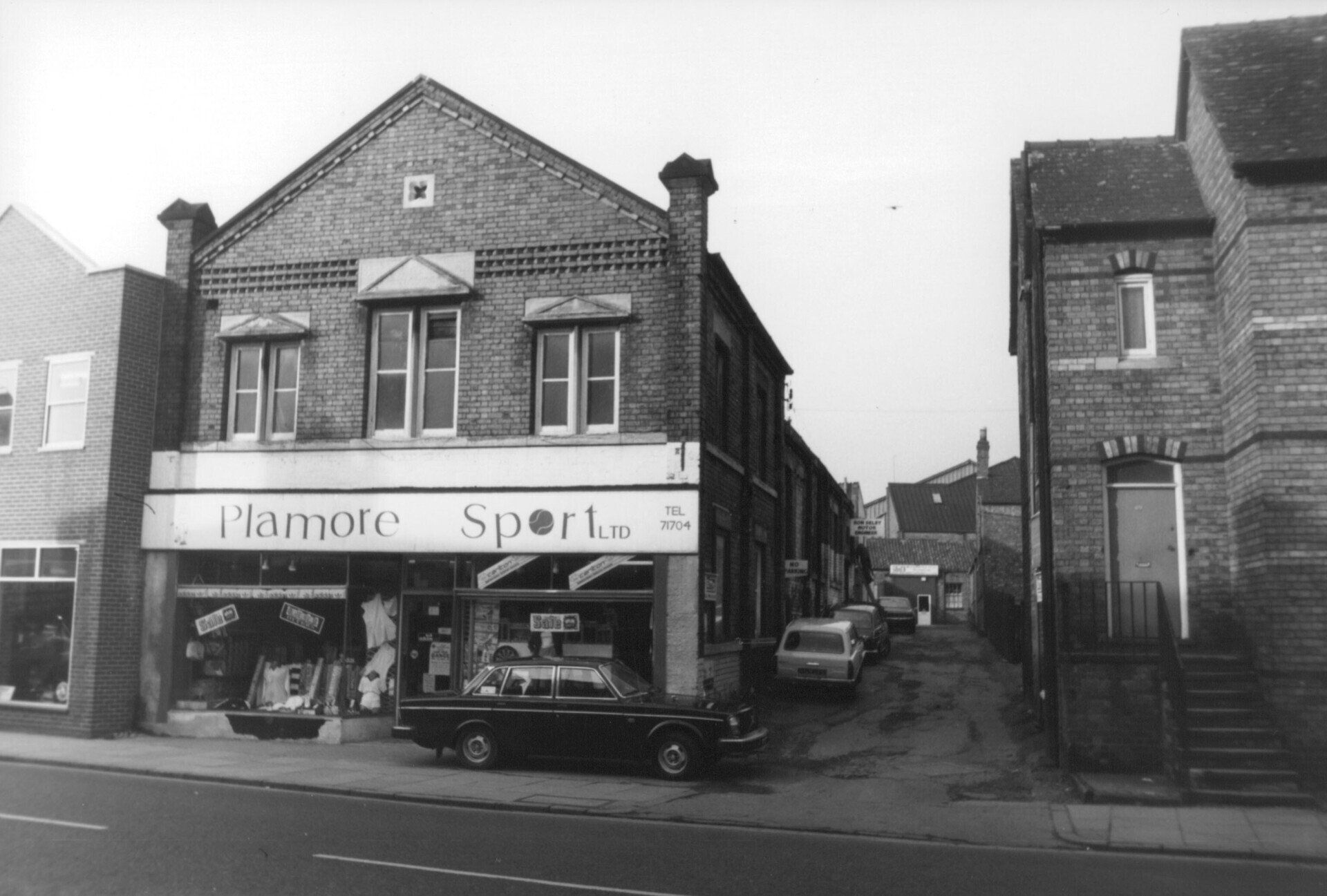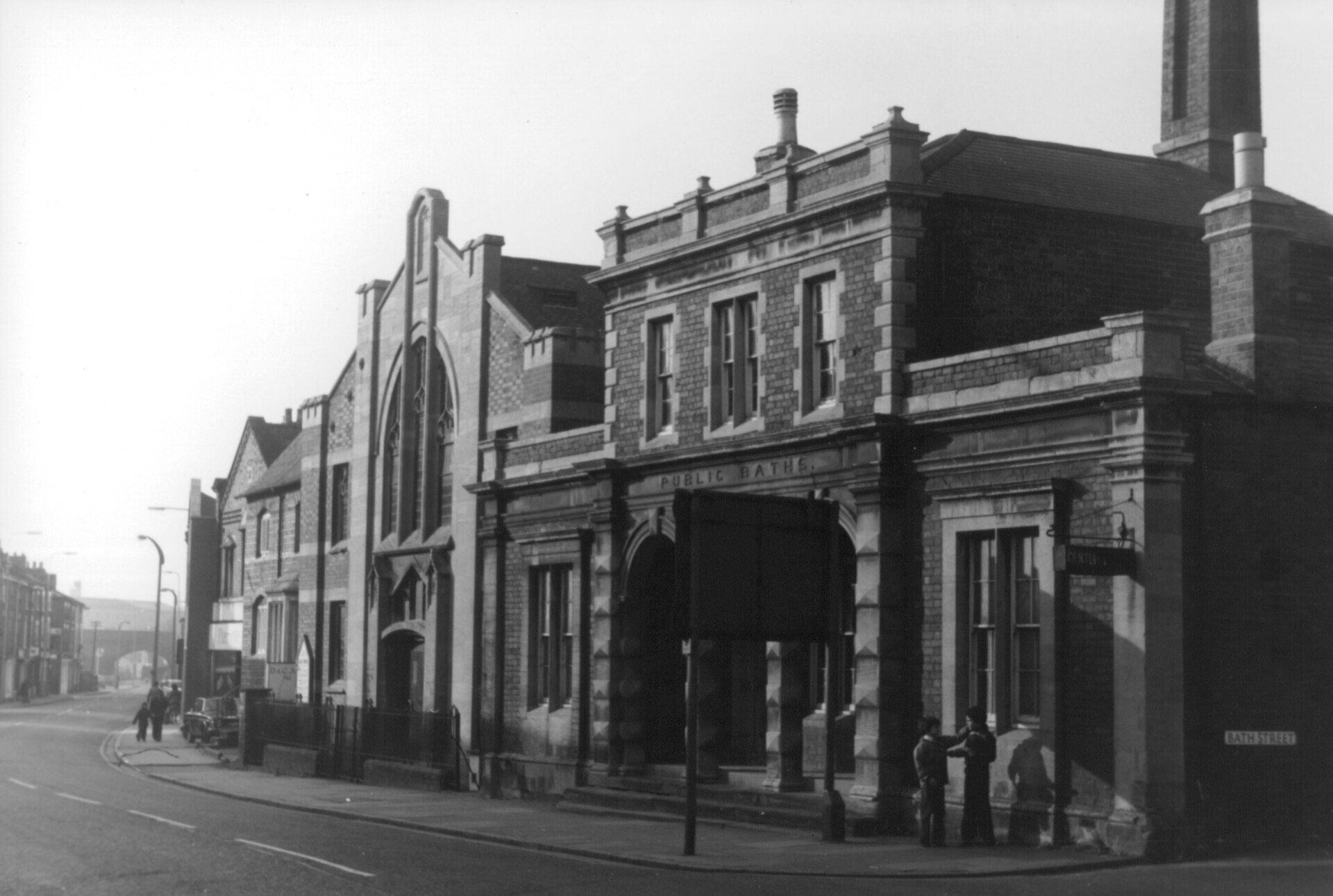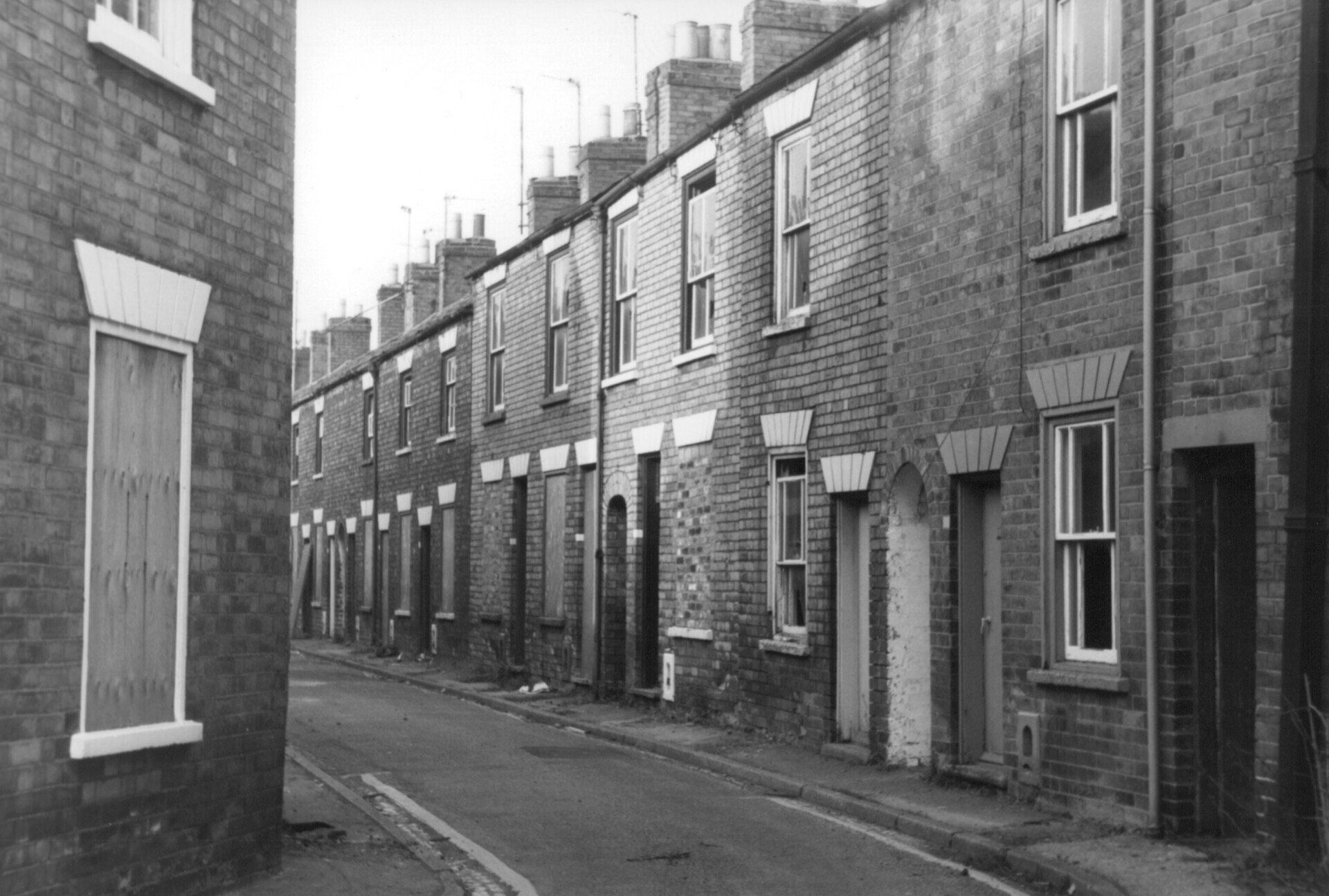Author name
During the first decade of the eighteenth century, Edmund Boulter, a wealthy benefactor and a Member of Parliament for Boston, paid for stone mounting blocks to be placed at regular intervals in and around Stamford to aid travellers on horseback. The blocks were all identified by his initials E B carved into the back, and were dated to between 1703 and 1708. Many were adjacent to inns or hostelries, but the block at Gonerby Hill Foot, Grantham, was on the verge of the road at the bottom of Gonerby Hill, with no buildings in the vicinity. Only five of these mounting blocks are now extant, and over the intervening years they have been subject to much misinformation. The remaining mounting blocks are at Stilton, Water Newton, Castor, Stamford and Gonerby Hill Foot. There are remains of a mounting block at South Witham, and the Spittlegate mounting block was moved to the George Inn in Grantham, where it remained until the mid-twentieth century.
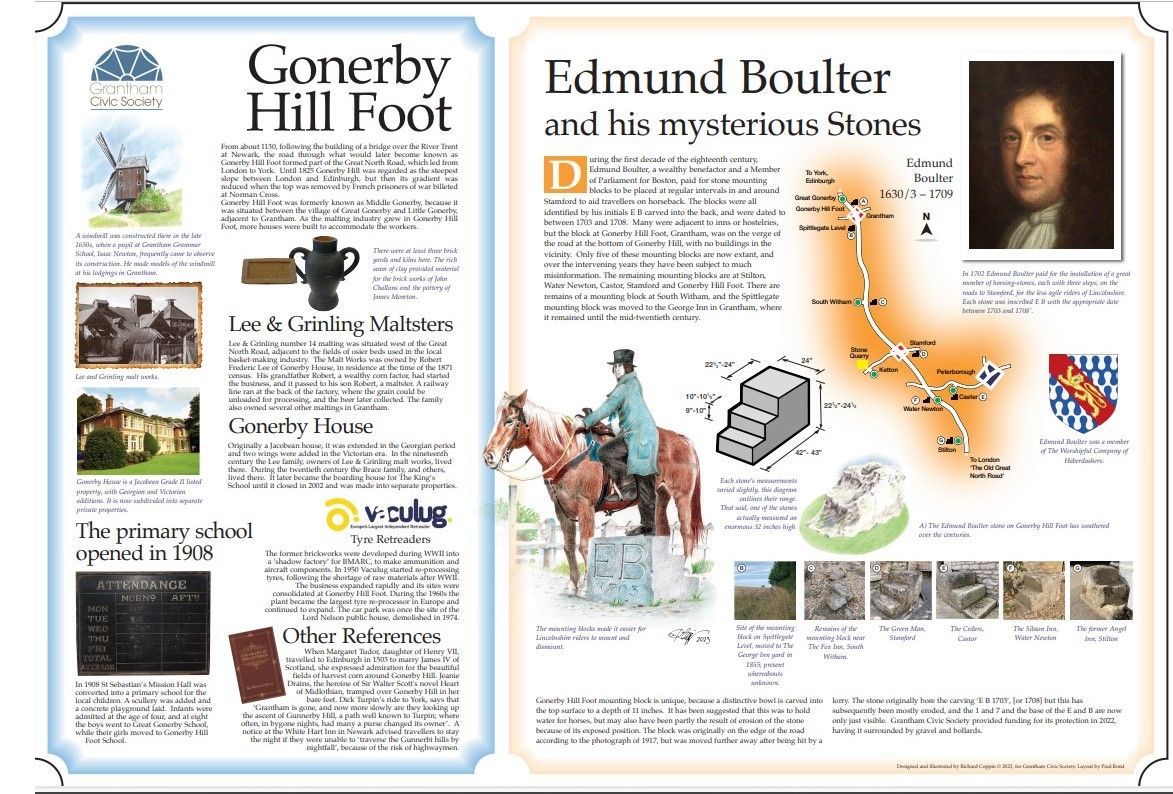
RECENT ARTICLES
